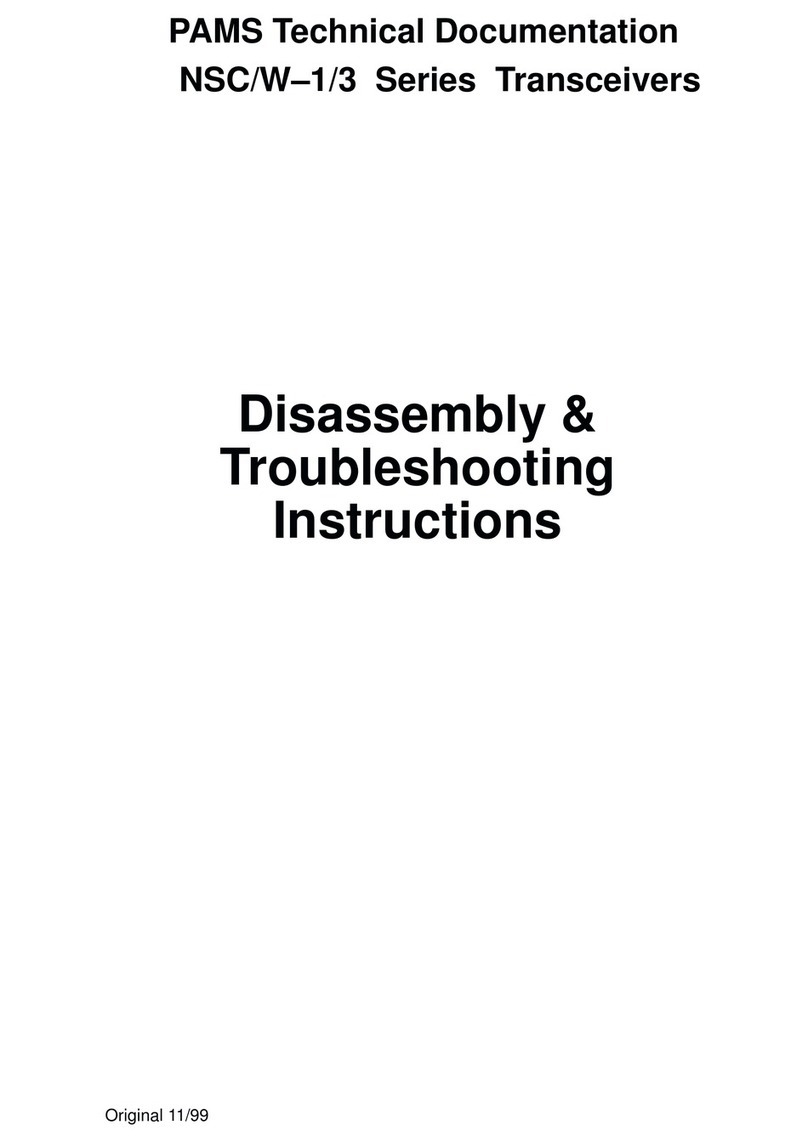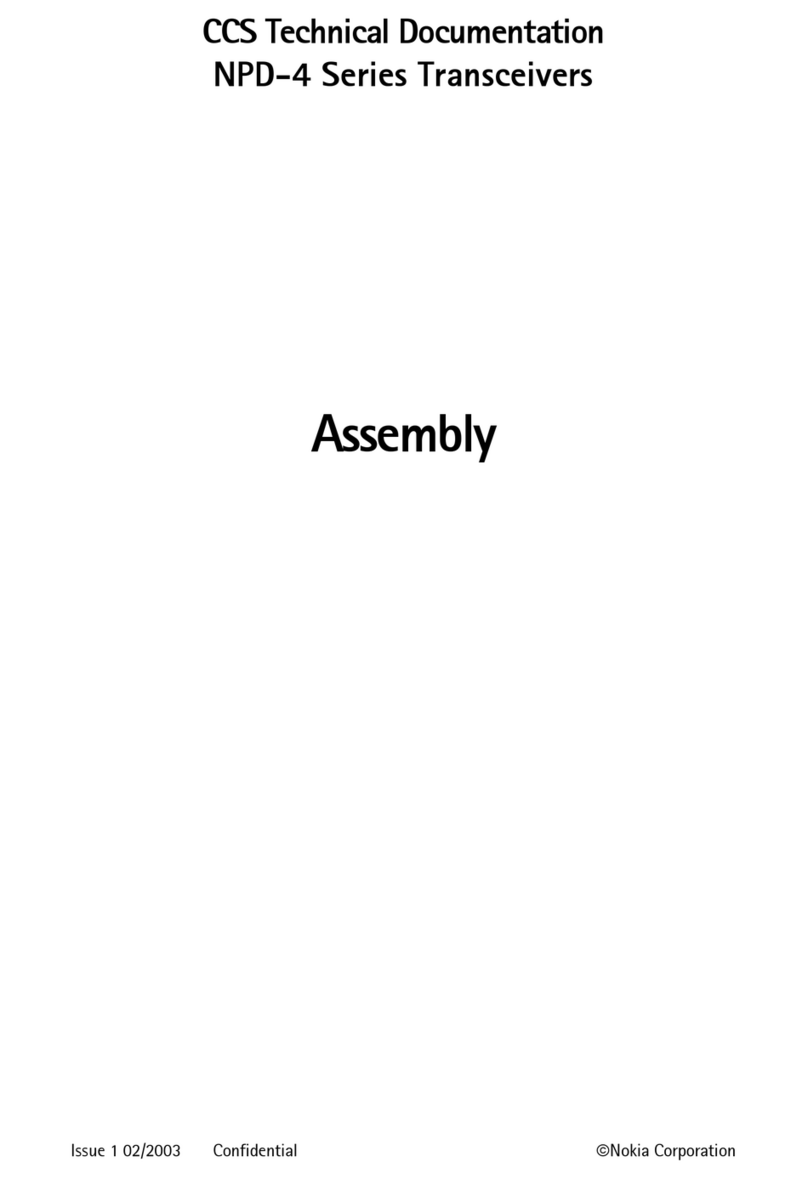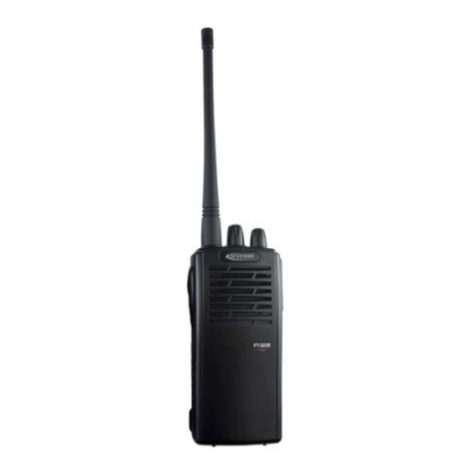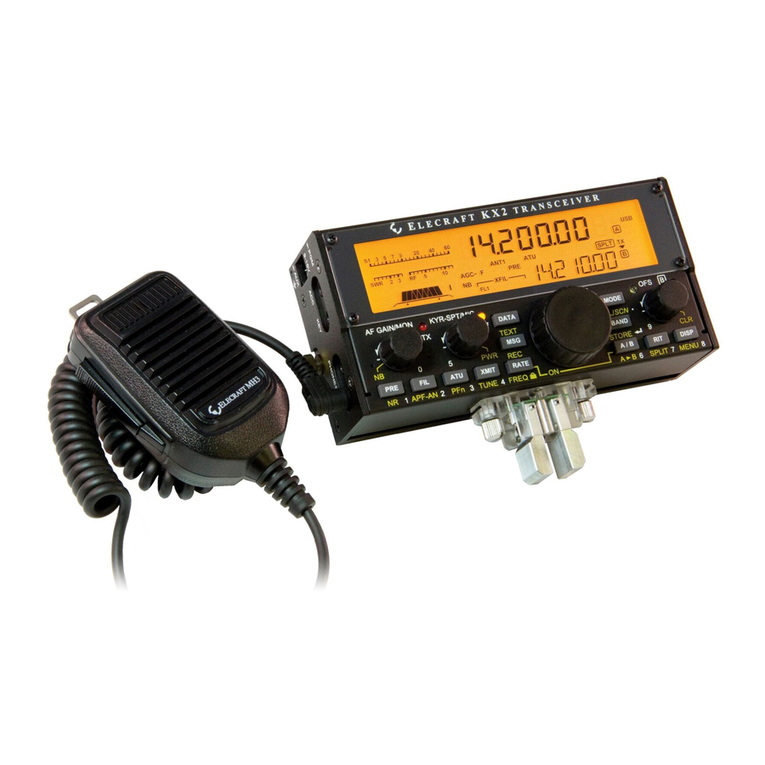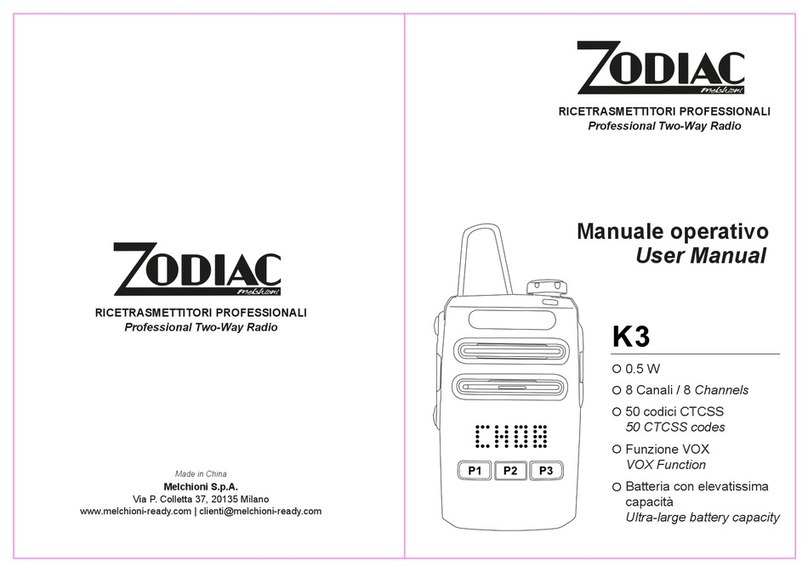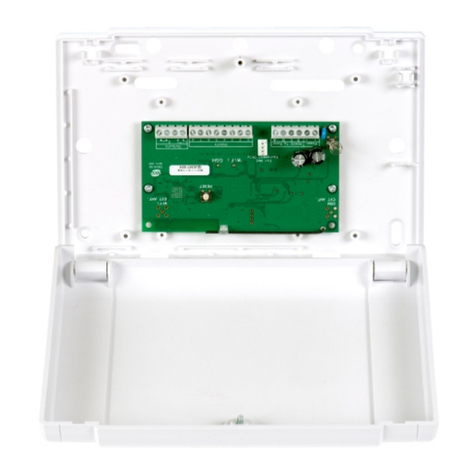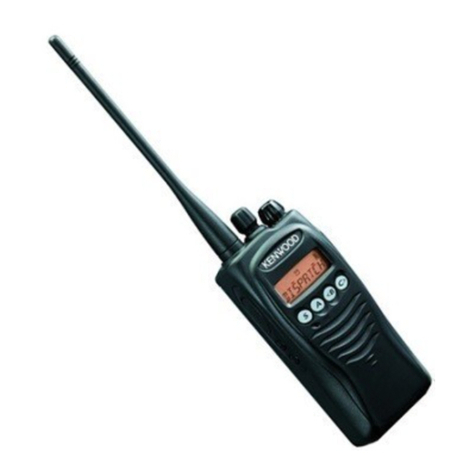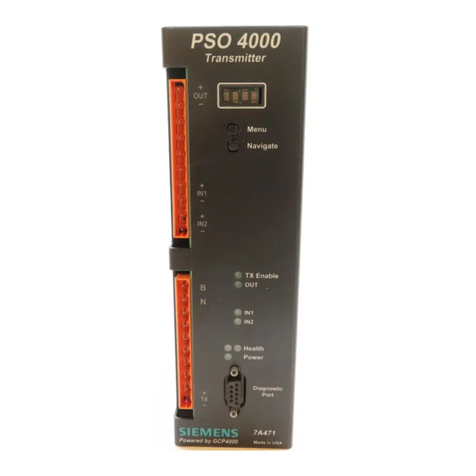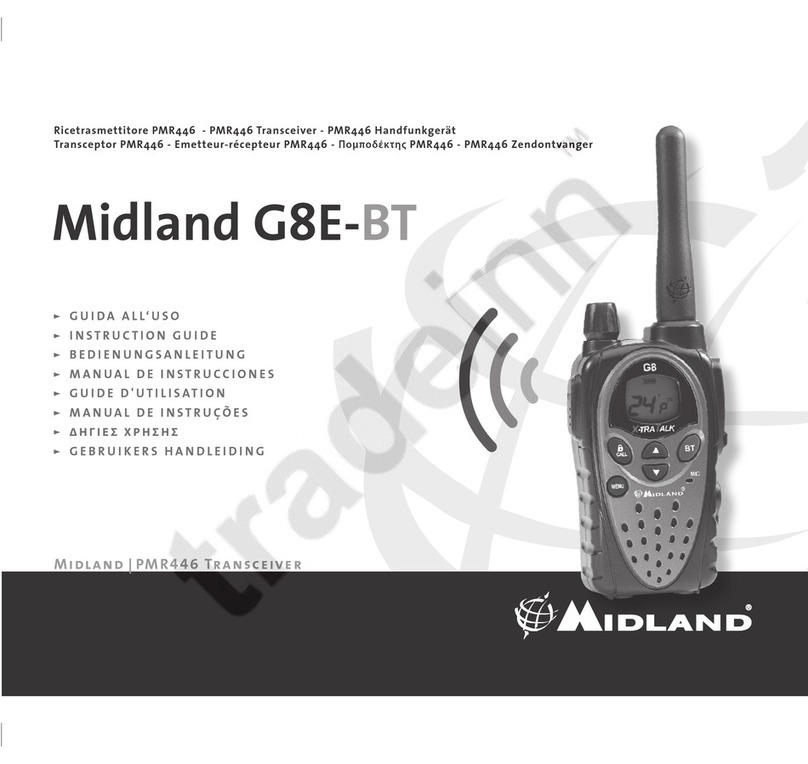Nokia NSM-2 Series Installation instructions
Other Nokia Transceiver manuals
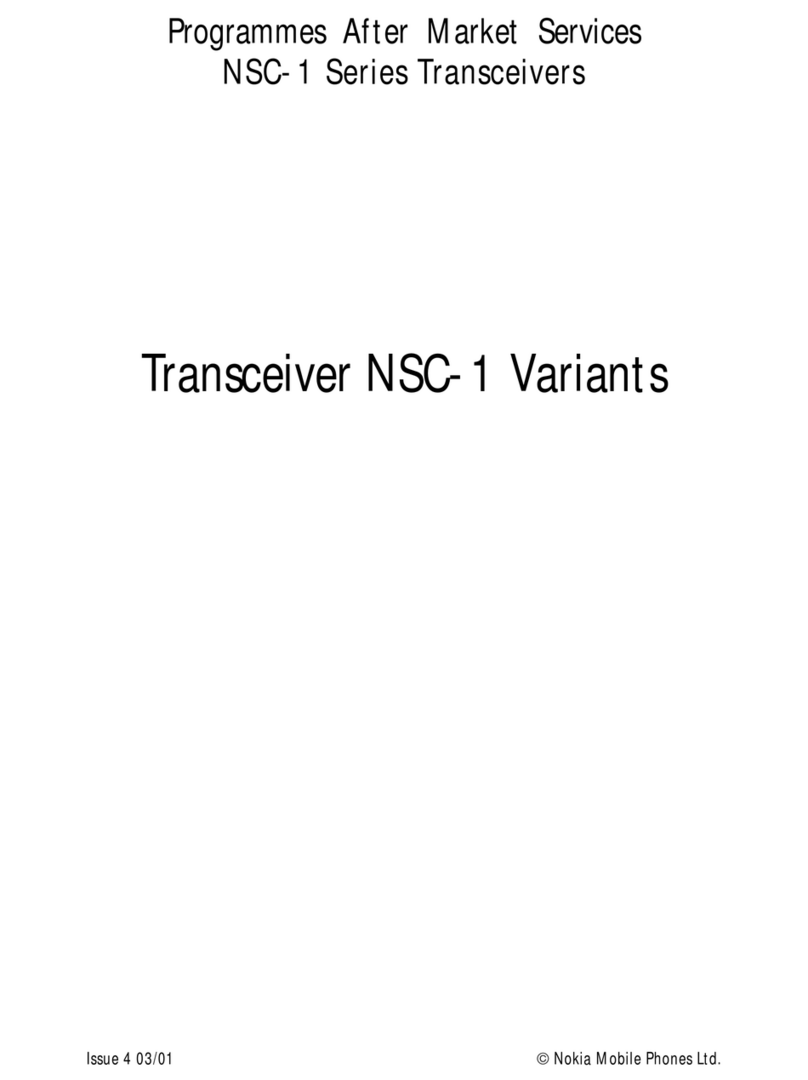
Nokia
Nokia NSC-1 SERIES User manual

Nokia
Nokia NSB-9 User manual
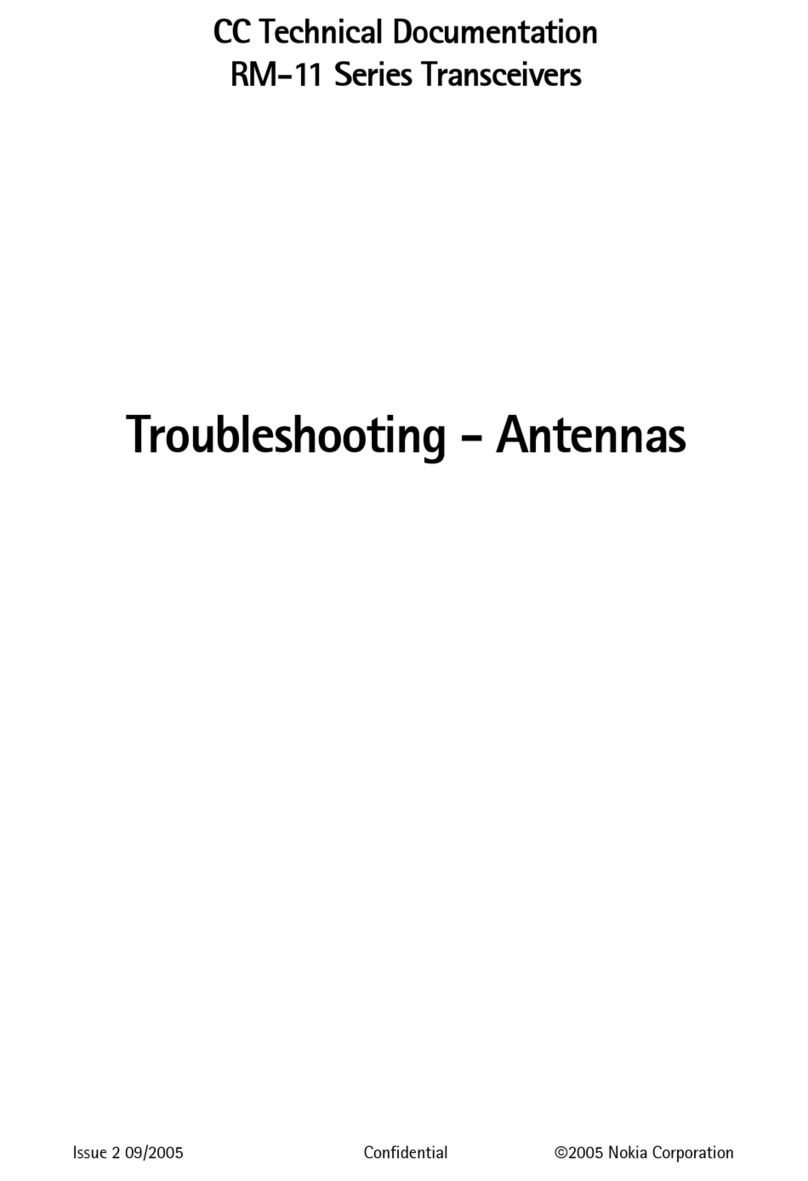
Nokia
Nokia RM-11 Series Operating instructions
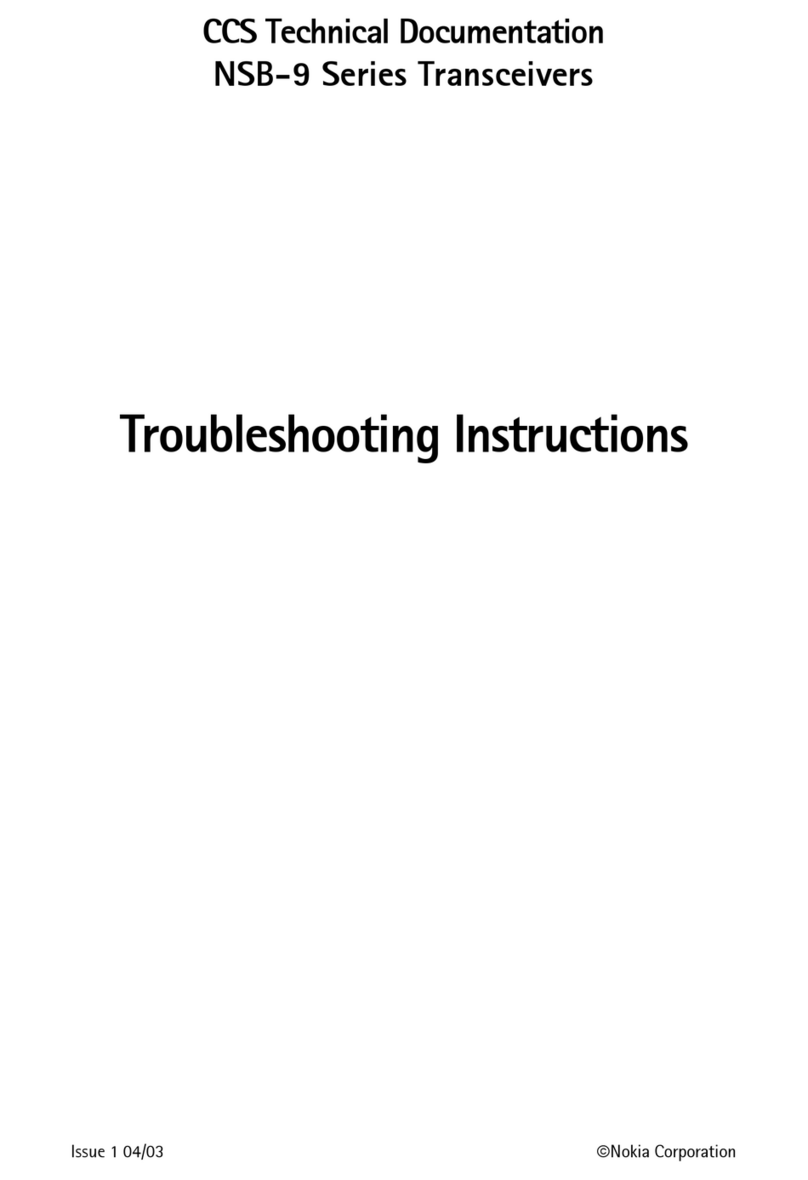
Nokia
Nokia NSB-9 Guide
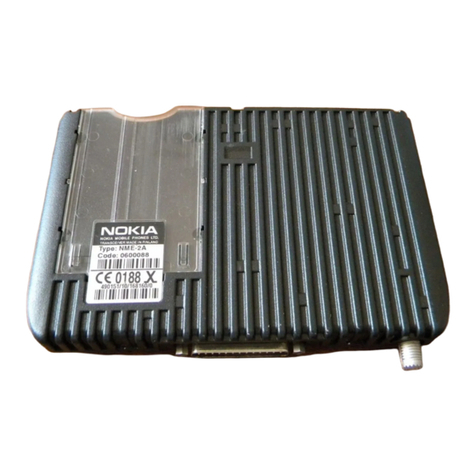
Nokia
Nokia NME-2A Series Guide
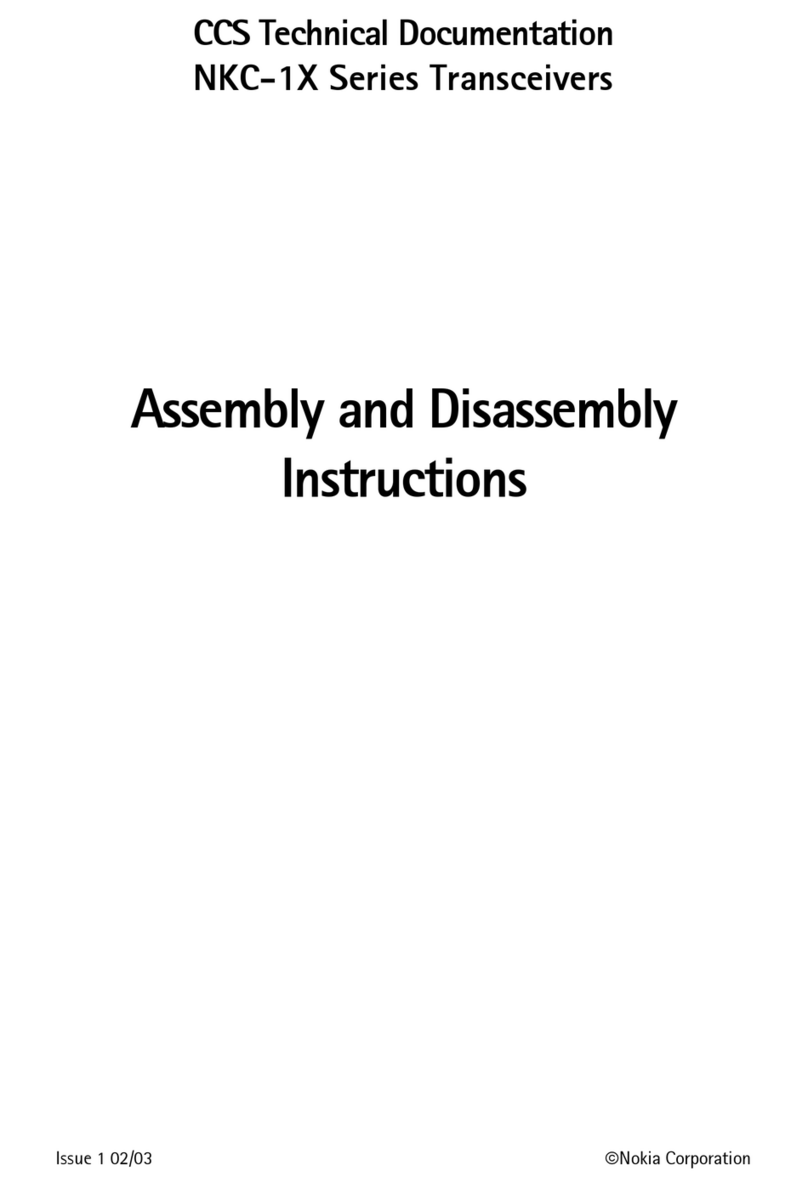
Nokia
Nokia NKC-1X Series Installation instructions

Nokia
Nokia NSC-1 SERIES Configuration guide

Nokia
Nokia RM-11 Series Operating instructions
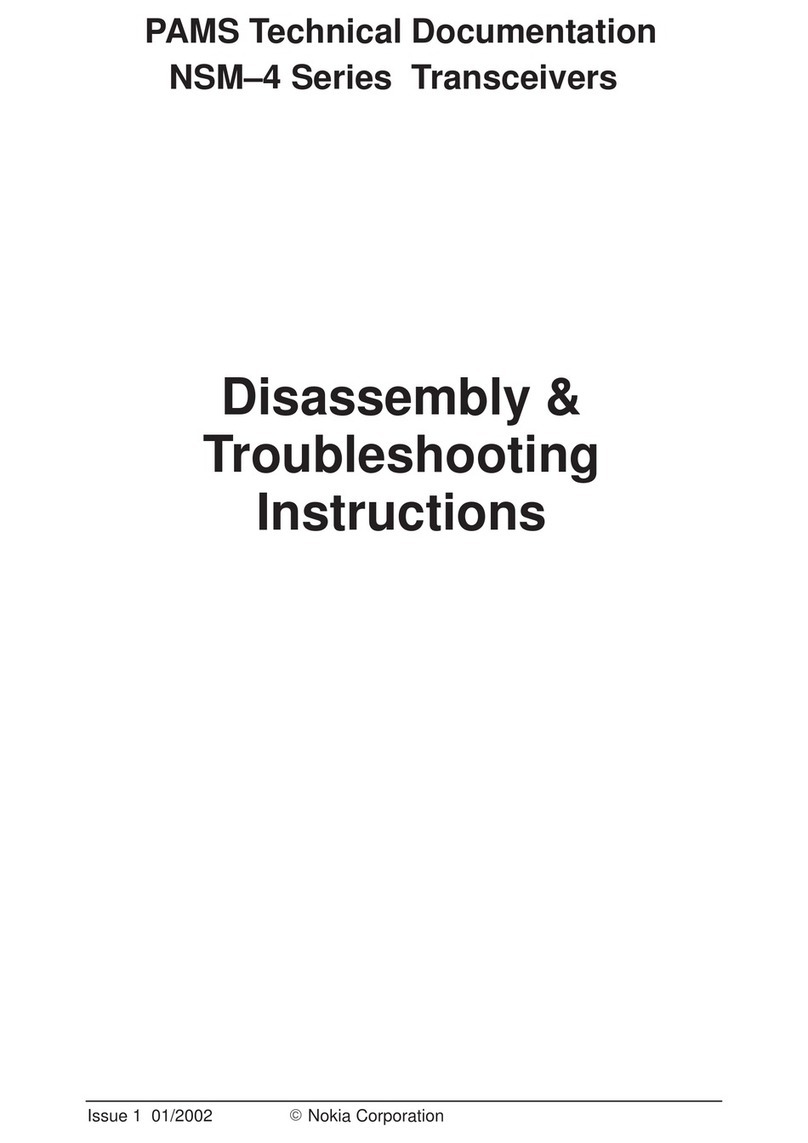
Nokia
Nokia NSM-4 Series Installation instructions

Nokia
Nokia RH-20 User manual
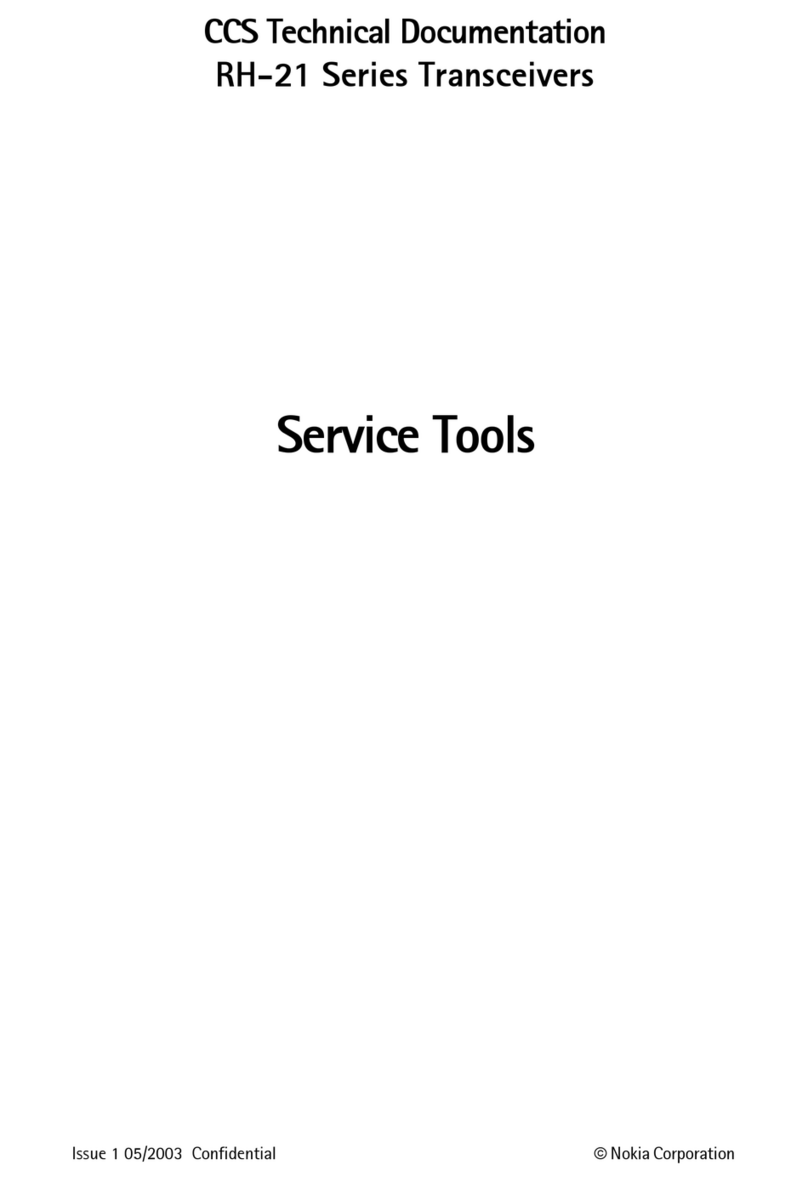
Nokia
Nokia RH-21 Series Guide

Nokia
Nokia N92 RM-100 User manual
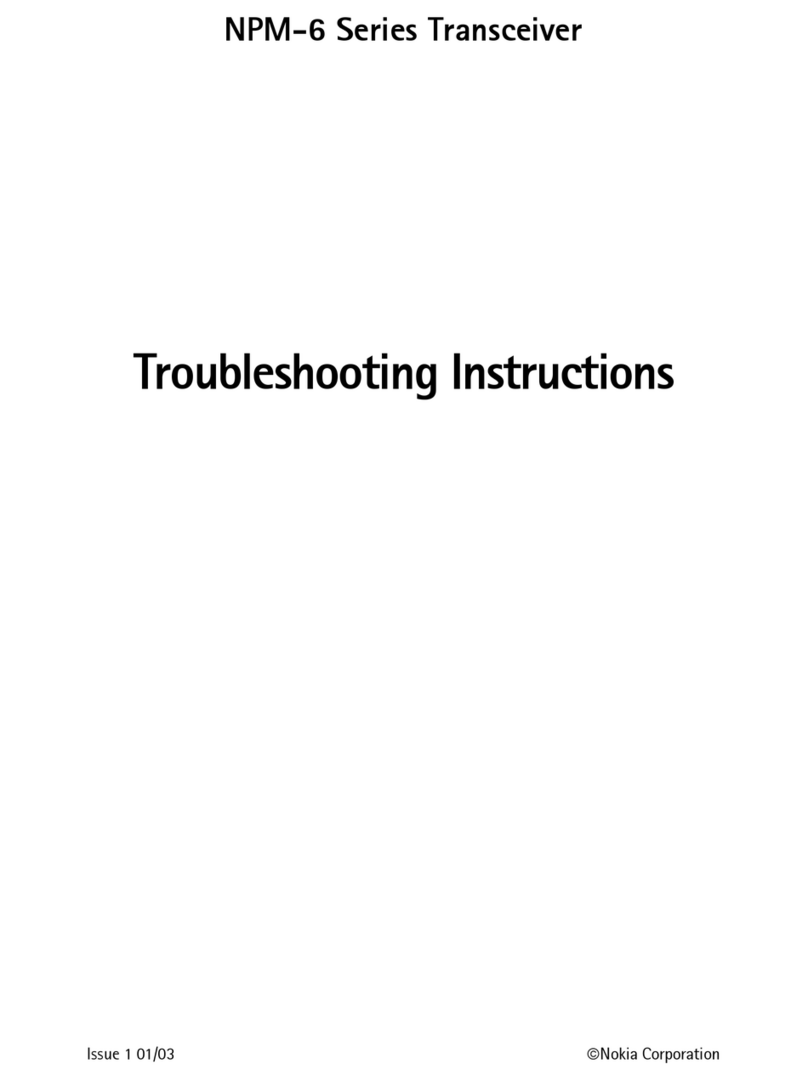
Nokia
Nokia NPM-6 Series Guide
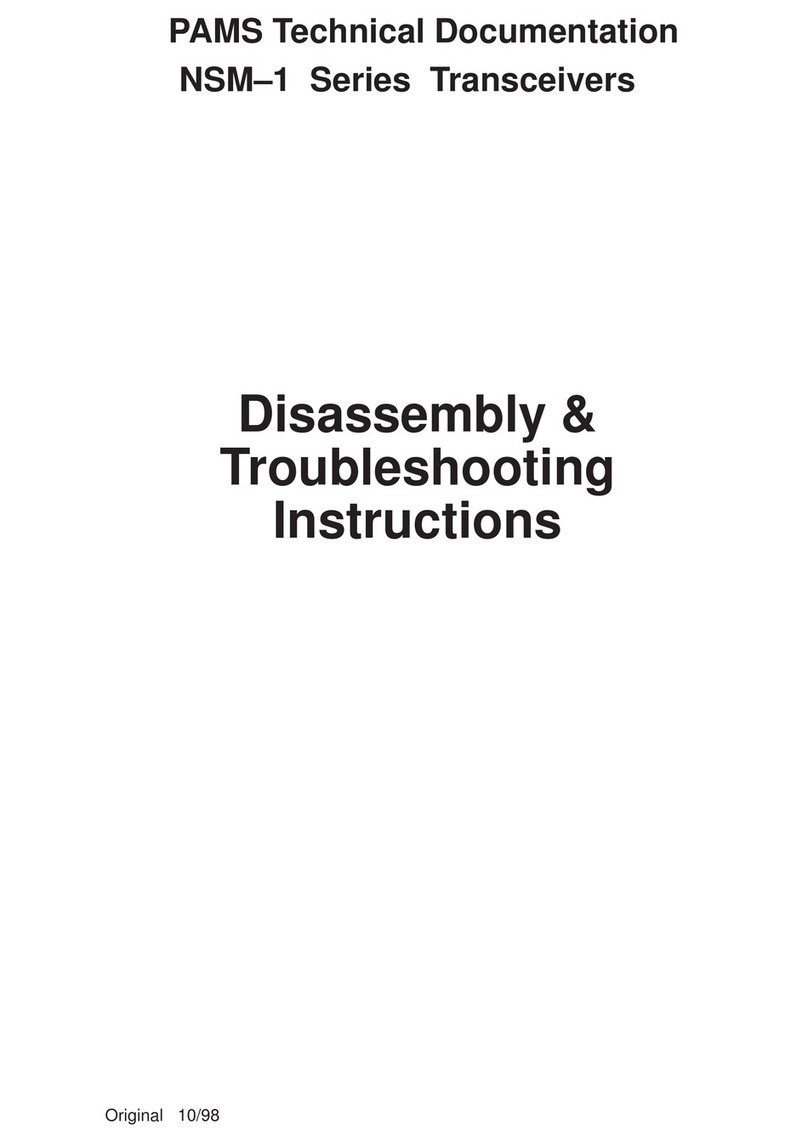
Nokia
Nokia NSM-1 Series Installation instructions
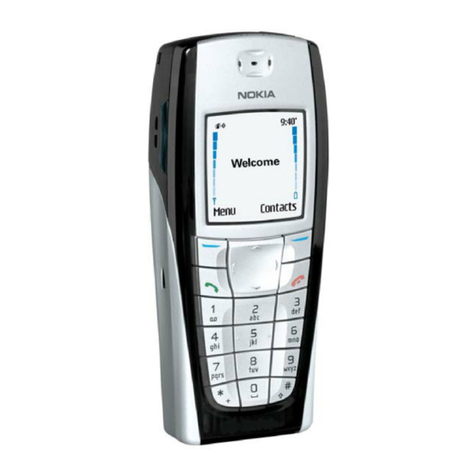
Nokia
Nokia RH-27 Series User manual
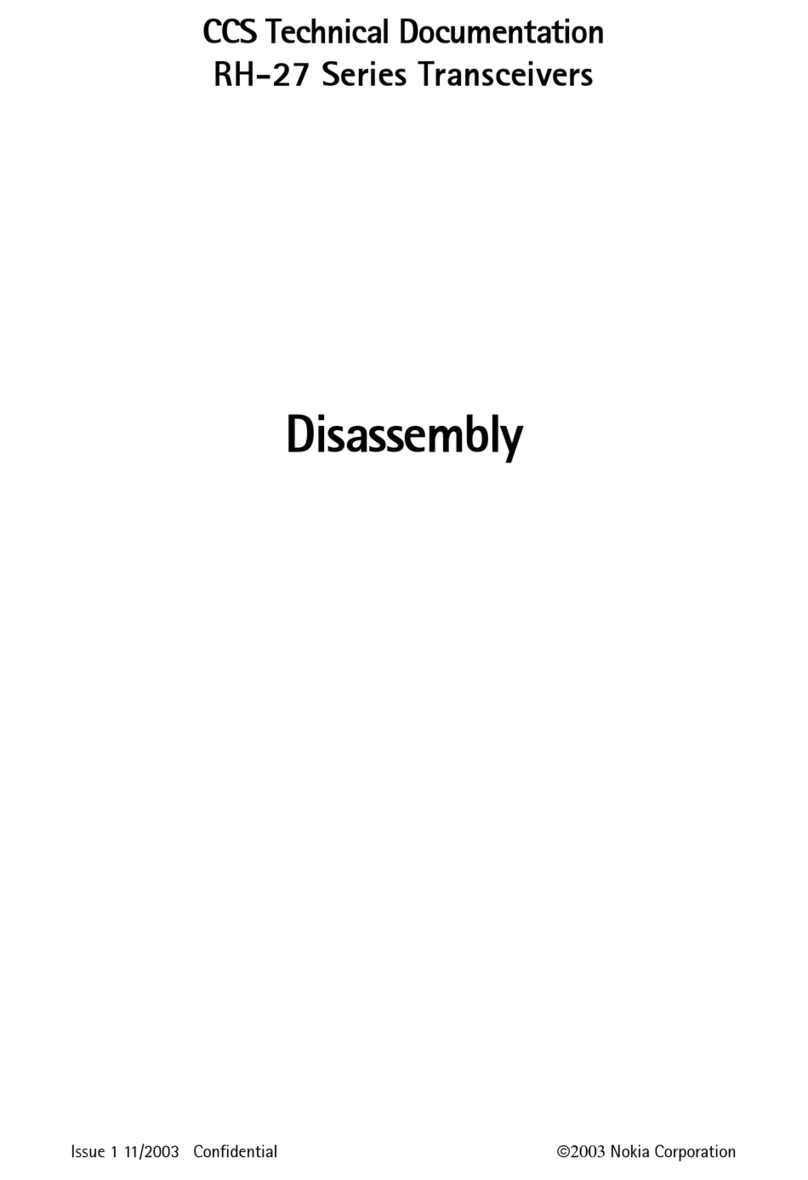
Nokia
Nokia RH-27 Series Guide
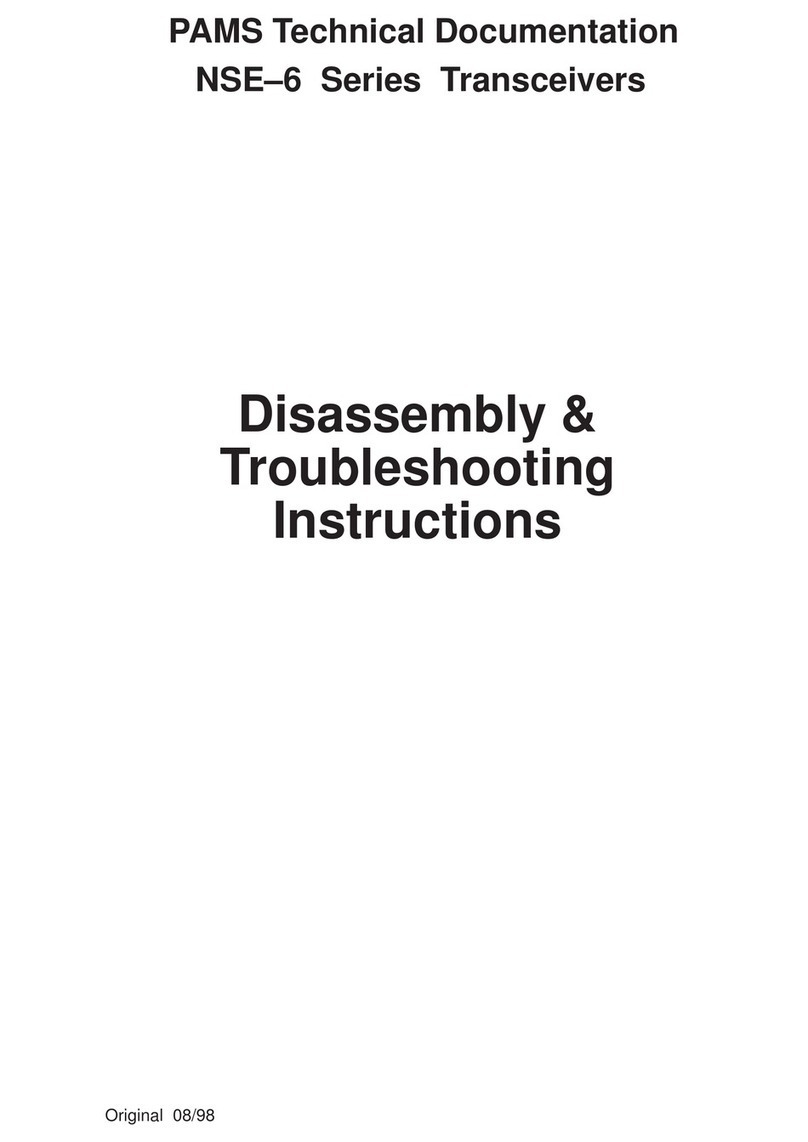
Nokia
Nokia NSE-6 SERIES Installation instructions

Nokia
Nokia RM-11 Series Installation instructions
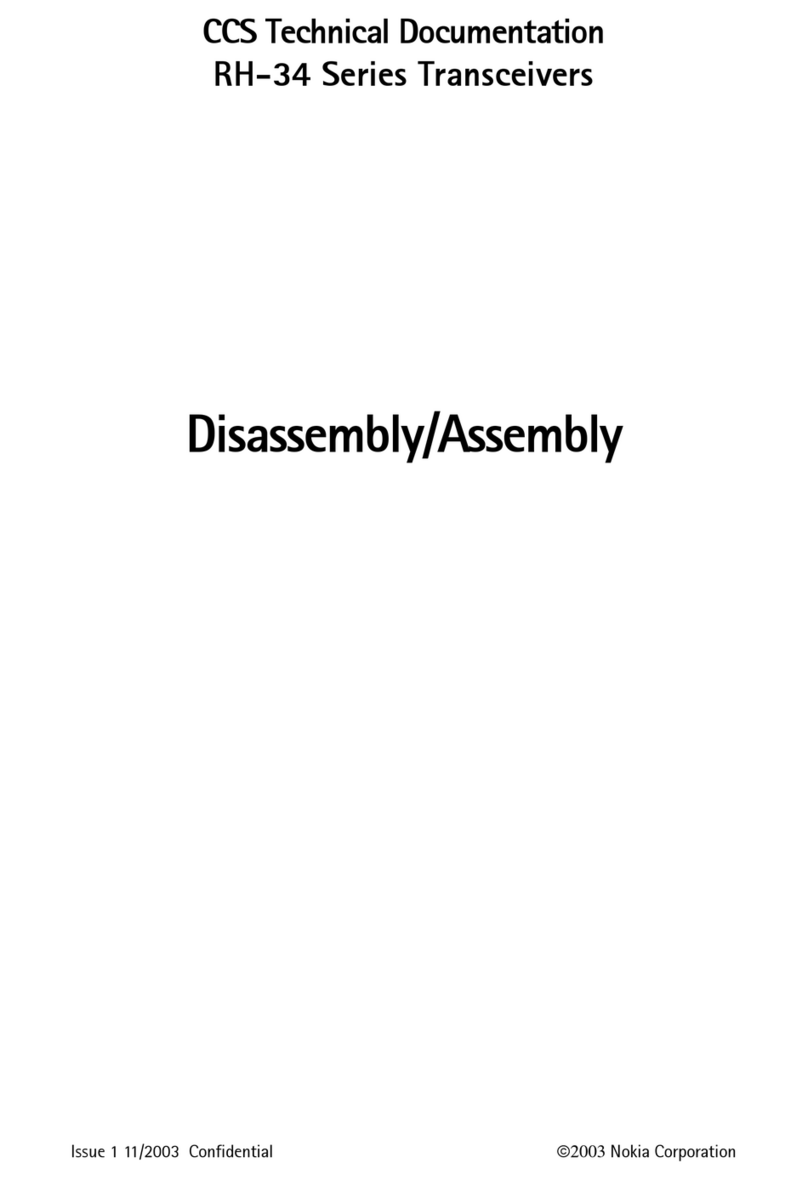
Nokia
Nokia RH-34 Series Quick start guide
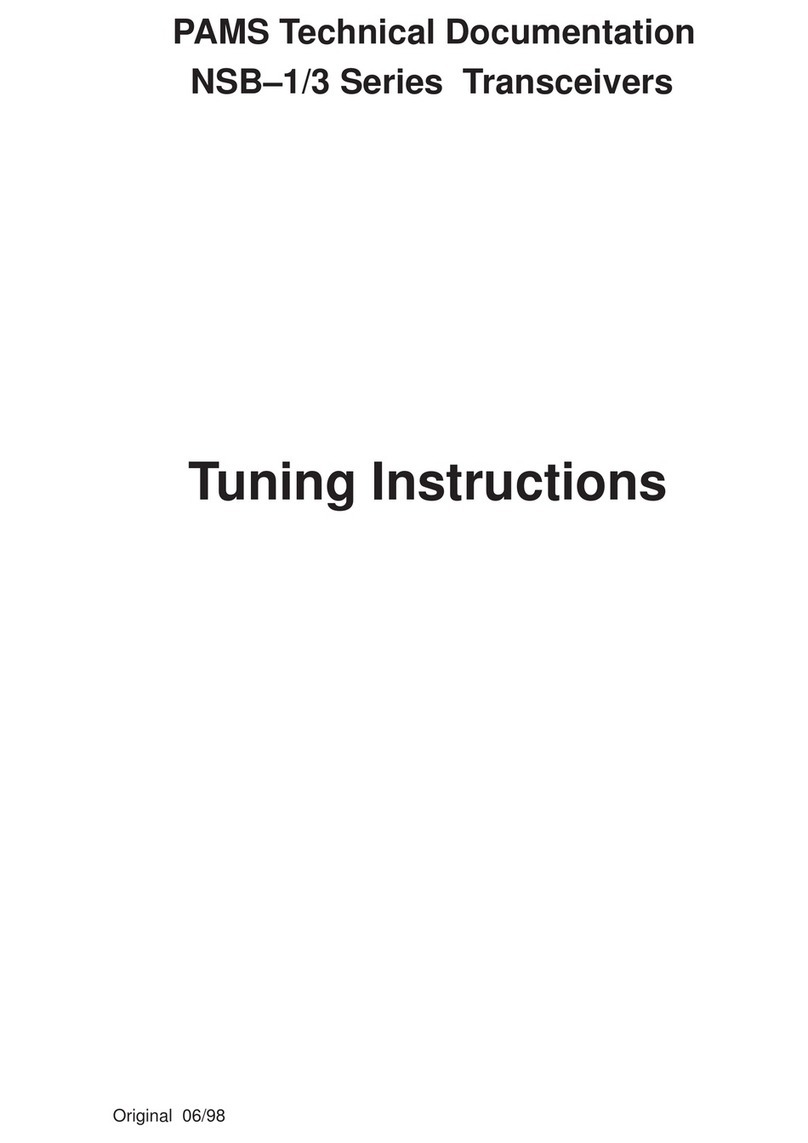
Nokia
Nokia NSB-1 Series User manual
